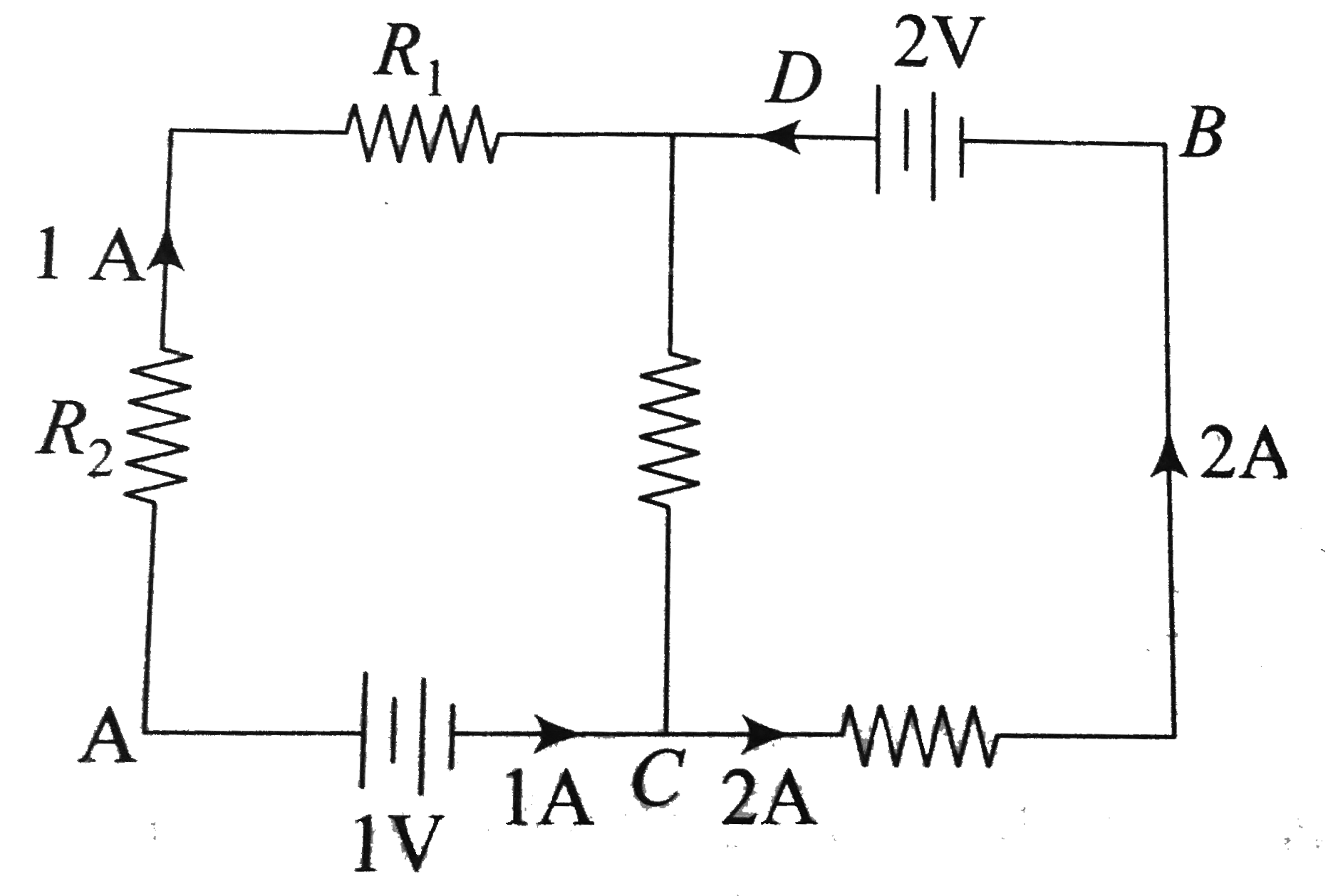In the circuit element given here, if the potential at point B, VB=0, then the potentials of A and D are given as ltBrgt 
VA=−1.5V,VD=+2.5V
VA=+1.5V,VD=+2.5V
VA=+1.5V,VD=+0.5V
VA=+1.5V,VD=−0.5V
The correct Answer is:D
Step by step video & image solution for In the circuit element given here, if the potential at point B, V_(B)=0, then the potentials of A and D are given as ltBrgt by Physics experts to help you in doubts & scoring excellent marks in Class 12 exams.
Updated on:21/07/2023Topper's Solved these Questions
- ELECTRIC CURRENT & CIRCUITSBOOK - CENGAGE PHYSICS ENGLISHCHAPTER - ELECTRIC CURRENT & CIRCUITSEXERCISE - Kirchhoff s Law and Grouping Cells
15 Videos
- COULOMB LAW AND ELECTRIC FIELDBOOK - CENGAGE PHYSICS ENGLISHCHAPTER - COULOMB LAW AND ELECTRIC FIELDEXERCISE - Single Answer Correct Type
22 Videos
- ELECTRIC CURRENT AND CIRCUITBOOK - CENGAGE PHYSICS ENGLISHCHAPTER - ELECTRIC CURRENT AND CIRCUITEXERCISE - Interger
8 Videos
Similar Questions
Knowledge Check
In the given circuit the potential at point B is zero, the potential at points A and D will be
 AVA=4V,VD=9VBVA=3V,VD=4VCVA=9V,VD=3VDVA=4V,VD=3V
AVA=4V,VD=9VBVA=3V,VD=4VCVA=9V,VD=3VDVA=4V,VD=3V
In the circuit diagram shown in Figure , the potentials of the points B, C and D are respectively -
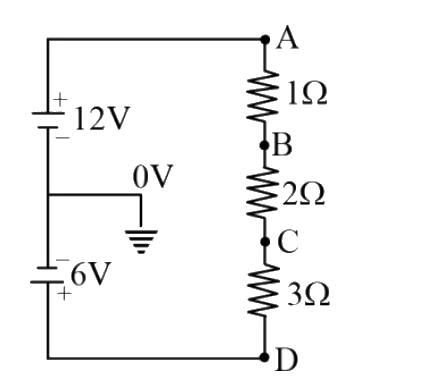
View SolutionIn the given circuit, with steady current, the potential of point A must be
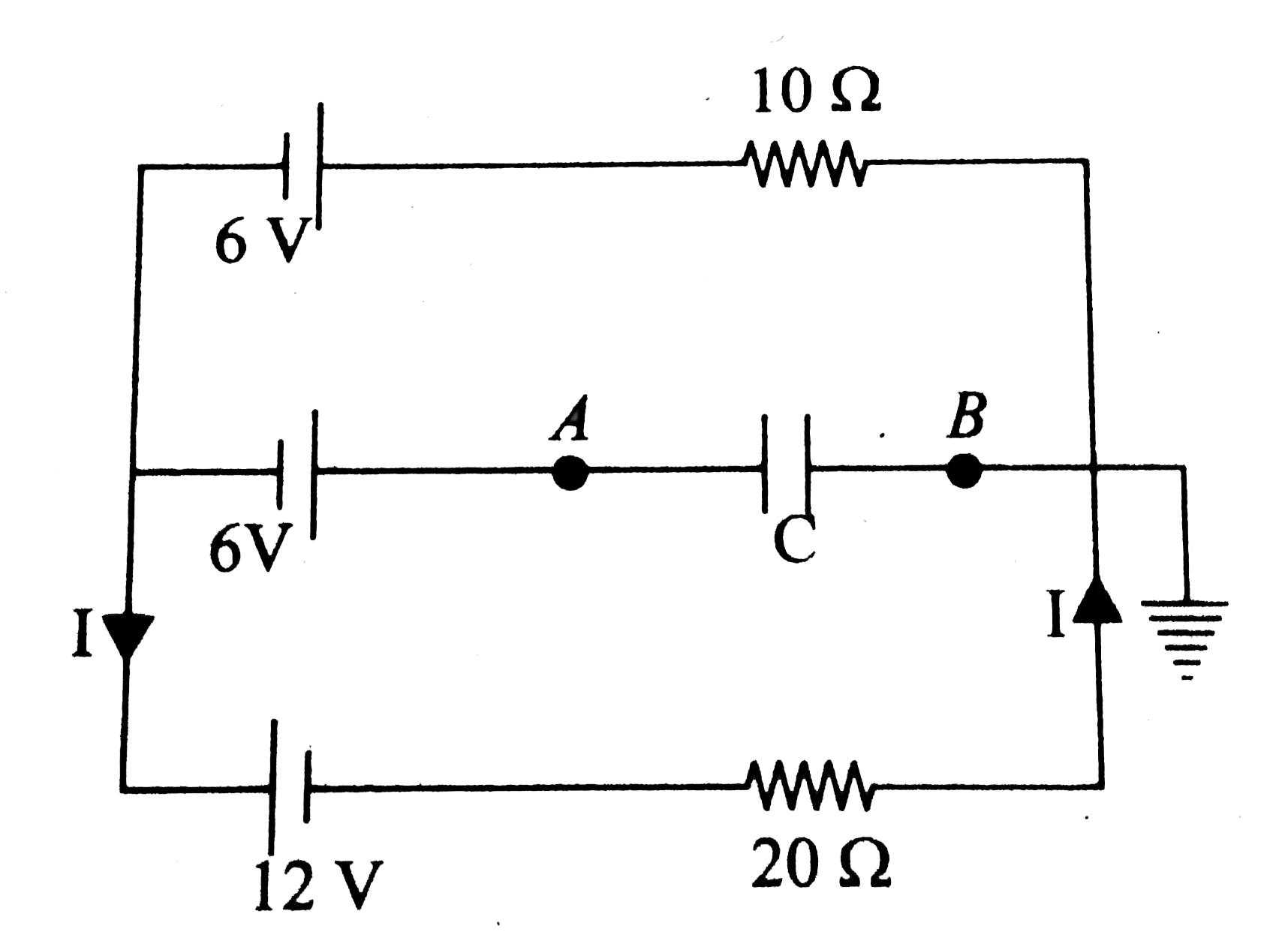
View SolutionIn the circuit shown, the point B is earthed. The potential at the point 'A' is
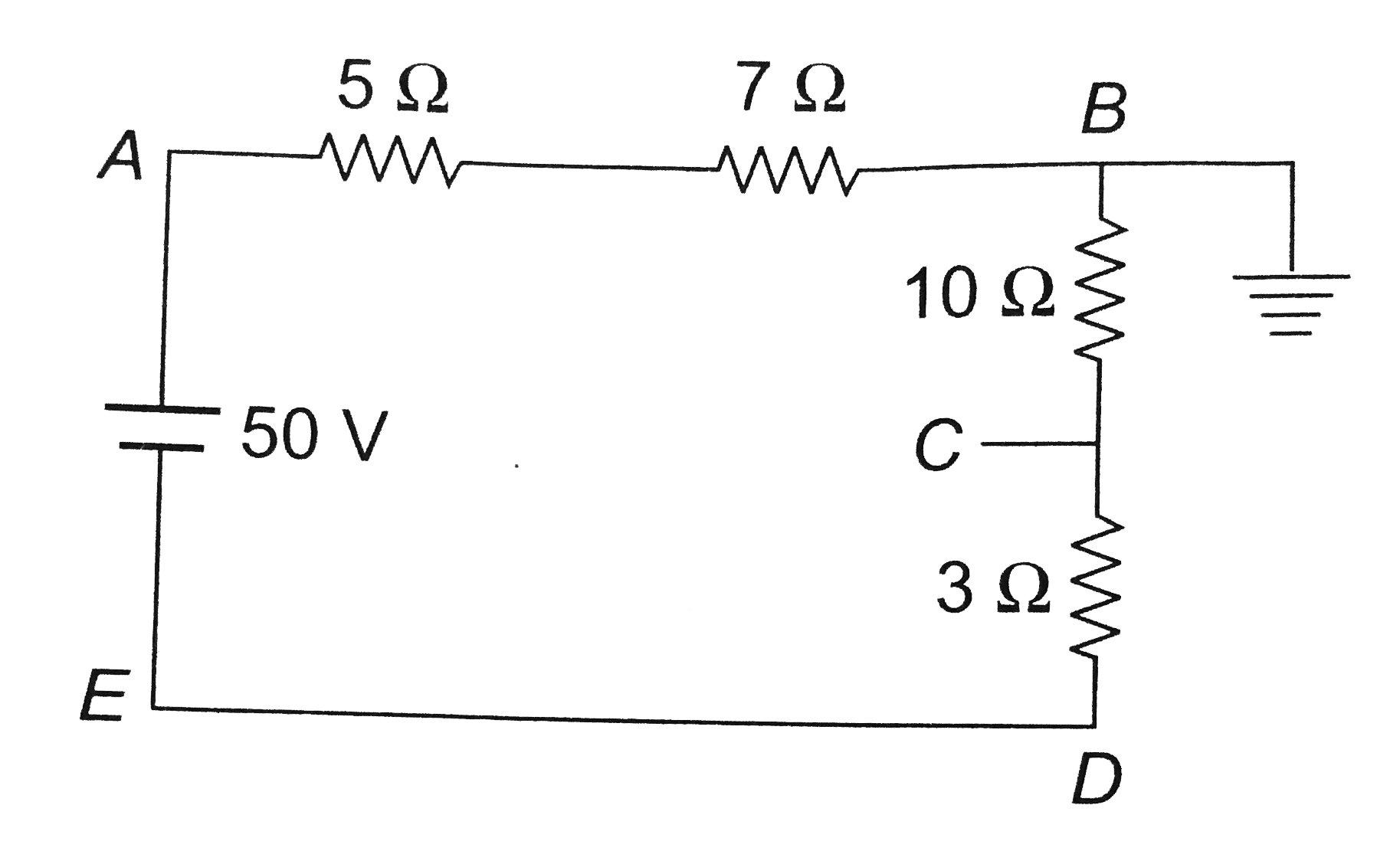
View SolutionThe potential difference (VA−VB) between the point A and B in the given figure is

View SolutionThe potential difference (VA−VB) between the point A and B in the given figure is

View Solution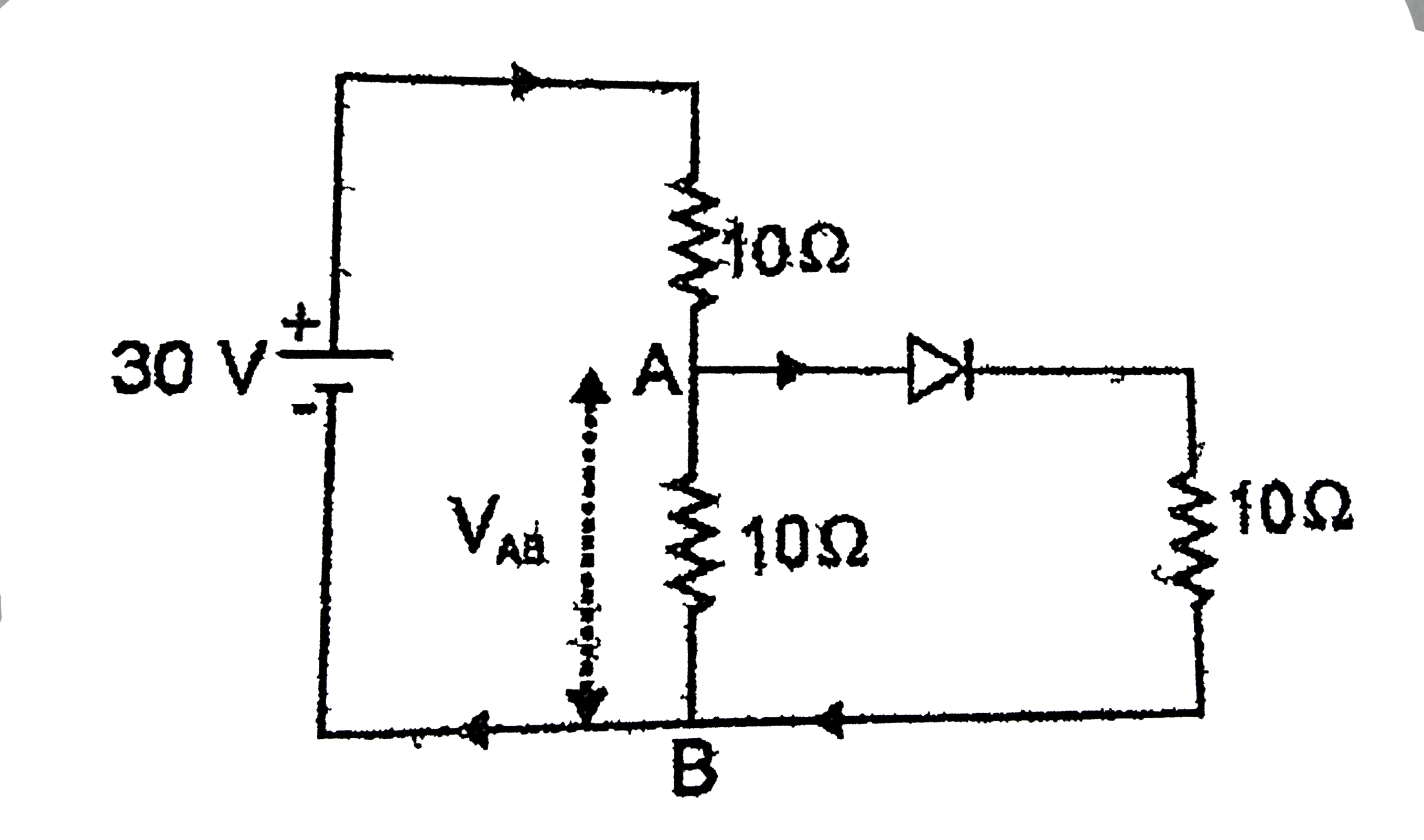
For given circuit potential difference VAB is
View SolutionIf the potential at A is 2000V the potential at B is

View Solution


